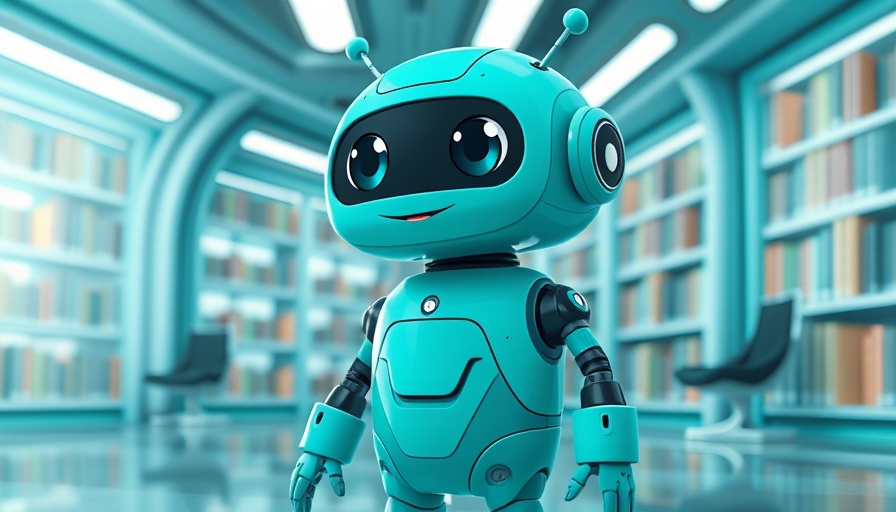
How Xbox's Cross-Device Library Enhances Your Gaming Experience
For avid gamers, the struggle remains real when it comes to switching between a console, PC, and handheld devices. Juggling multiple platforms can lead to lost progress and cumbersome navigation through separate libraries—a situation that leaves many gamers frustrated. But Xbox has introduced a revolutionary solution that aims to streamline these experiences and make gaming more seamless than ever before.
What is Xbox's Cross-Device Library?
With the recent updates rolled out to the Xbox PC app for Insider users, Xbox now offers a consolidated view of your entire gaming library. This includes games purchased directly through the Xbox store, selections from Game Pass, and titles from other platforms like Steam and Battle.net. The innovative approach of aggregating game libraries into one unified space means that gamers no longer have to navigate separate launchers or spend excessive time searching for their favorite titles. Instead, players can quickly access all their games, ready to dive into play without unnecessary delays.
Seamless Play History Across All Devices
Imagine being able to pause your game on an Xbox console and pick it up right where you left off on your PC or handheld device. Thanks to the new play history feature, this is no longer just a dream. The “Jump Back In” section now tracks recent games and enables players to resume their adventures regardless of the platform they are using. This development emphasizes continuity and allows gamers to experience the freedom to choose how and where they play.
The Power of Cloud Gaming Integration
In line with this unified experience, Xbox has enhanced its support for cloud gaming, showcasing all cloud-playable console games directly in the updated PC app. Features like the “cloud playable” filter simplify the platform-hopping experience, helping reduce clutter and confusion within the library. Gamers can effortlessly find and play their favorite titles without the hassle of navigating fragmented channels.
Enhanced Navigation with Smarter Filters
The fight against library chaos doesn't stop with simply merging game titles. Xbox's latest updates introduce intelligent filtering options that allow players to sift through their collections based on licenses, subscriptions, and expiry dates. This newfound clarity simplifies the often-overwhelming choice of which game to play at any given moment. For players who balance multiple subscription services with permanent game ownership, these features bring a greater sense of organization, enabling informed decisions about which games they can access at any time.
The Real-World Benefits of a Unified Library
Consider the transformation achieved through these advancements. Players can now switch effortlessly between devices while keeping their game progress intact. No longer will they face the frustration of losing their place after changing platforms—gaming has evolved to meet the needs and habits of modern players. The integration doesn't merely focus on the hardware; it adapts to the gamer’s lifestyle, enhancing accessibility and engagement.
A Look Back: The Evolution of Xbox Play Anywhere
The foundation for this cross-device library began with Xbox Play Anywhere, which provided a pioneering mechanism for sharing games and progress across platforms. By allowing players to buy a game once and access it on both console and PC, Xbox Play Anywhere set the stage for this broader initiative. The latest updates build on this concept, further blurring the lines between gaming devices and creating a user-friendly ecosystem.
Conclusion
With Xbox's cross-device library, the dream of a unified gaming experience is slowly becoming a reality. Gamers can look forward to a future where their entertainment libraries are freshly organized, progress is persistent, and gameplay transitions are smooth across platforms. A seamless gaming experience awaits—all connected under the Xbox umbrella.
Stay ahead of the gaming curve and embrace the changes Xbox is making for your gaming pleasure. Whether you're a console loyalist or a PC fanatic, the revolution in how we interact with our games is just beginning. It's time to enjoy gaming without the headaches!
 Add Row
Add Row  Add
Add 




Write A Comment